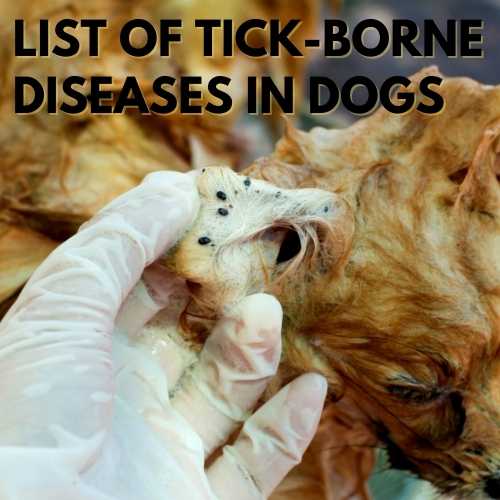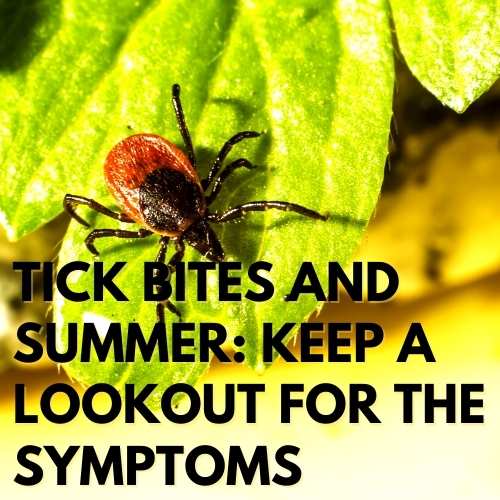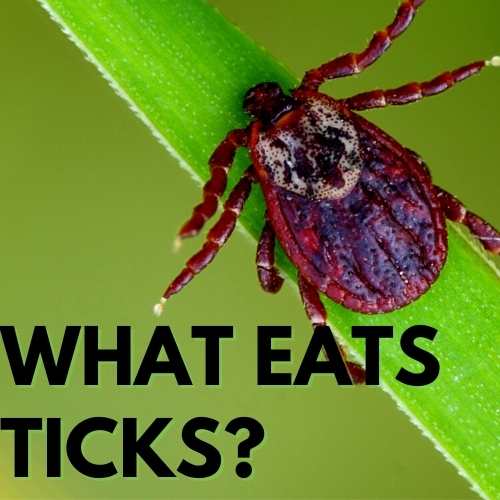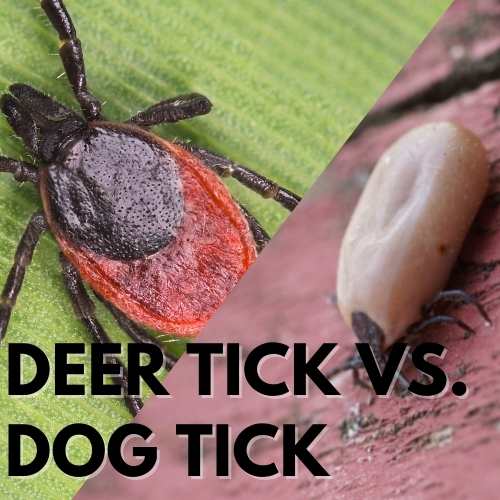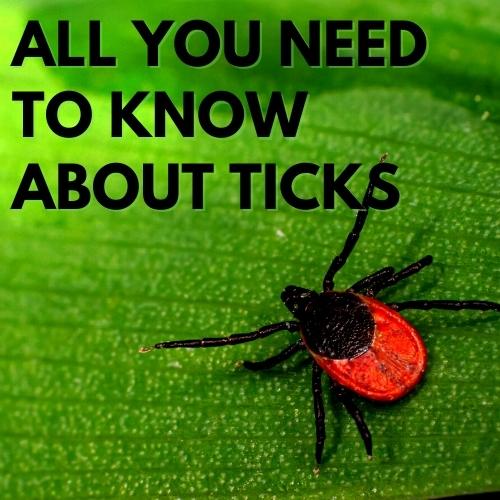List of Tick-Borne Diseases in Dogs
There are only a few disease-causing ticks in the United States. Pets such as dogs and cats are vulnerable to tick bites. This is due to their exploratory nature. They may become victims of various diseases. Let us discuss the tick-borne diseases in dogs and how to prevent them.
